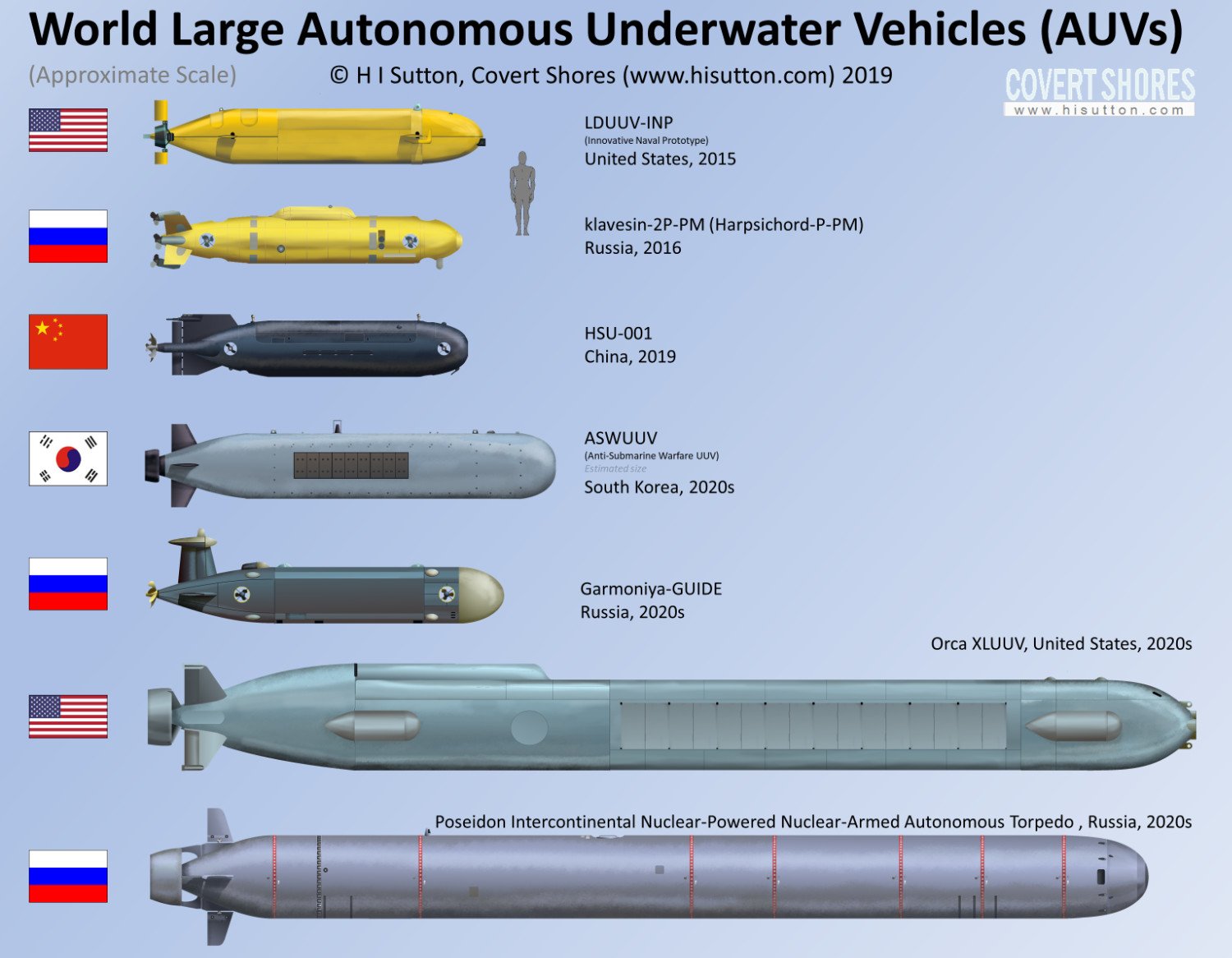Install the app
How to install the app on iOS
Follow along with the video below to see how to install our site as a web app on your home screen.
Note: This feature may not be available in some browsers.
You are using an out of date browser. It may not display this or other websites correctly.
You should upgrade or use an alternative browser.
You should upgrade or use an alternative browser.
UAV / UCAV / LAR (robotit) Uutiset ja jutut
- Viestiketjun aloittaja Raveni
- Aloitus PVM
Kasvava siirrettävän datan määrä aiheuttaa ongelmia.
Weapons Makers Unveil A Herd of Robotanks— As the Army Worries about Battlefield Bandwidth
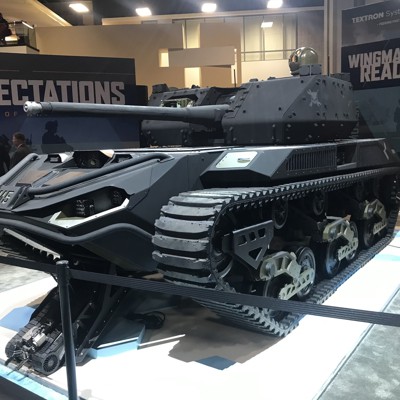
 www.defenseone.com
www.defenseone.com
Weapons Makers Unveil A Herd of Robotanks— As the Army Worries about Battlefield Bandwidth
The show floor of the country’s biggest land-warfare convention was crowded with robot tanks this week, roughly two years after the U.S. Army’s declaration that its core 5-year priorities include a new combat vehicle. Among them, and with the greatest fanfare, Textron unveiled its Ripsaw, a 10-ton, 20-foot electrically-powered treaded minitank that can carry a small aerial drone on its back and can pop a smaller ground robot out of a front compartment. But companies from South Korea and Germany brought their own robo-battle machines to flaunt. Army leaders say that they’ve also been experimenting with battle concepts that combine soldiers, unmanned tanks, and small UAVs.
They’re also worried about getting all of those systems to link up and share massive amounts of data.
“The thing that keeps me up at night — well, nothing keeps me up at night, but the thing I think about often is the network,” Gen. John “Mike” Murray, the commanding general of the Army Futures Command, told reporters on Monday. “It’s not problems within the network, it’s that we’re relying on the network for so much”
Jeff Langhout, who runs the Army Combat Capabilities Development Command’s Ground Vehicles Systems Center, said that the Army recently ran an experiment in which two Bradley Fighting Vehicles were outfitted to command four roboticized M113 armored personnel carriers. While these are experiments show how far the Army and technology has come, he, too, has real worries about the network.
“There are some huge autonomy challenges,” Langhout said, “but I still think one of the greatest challenges we’re going to have is the network. On the ground, when you have robots wanting to talk to other robots, wanting to talk to ground vehicles and you go behind the hill, you go behind the rock, you go down in the gully; you’re in a city and you go around the corner of the building… Hey, we’re right here in Washington, D.C., how well does your cell phone work 100 percent of the time?” he asked.
The Army has had bad luck trying to institute large-scale data standards. Case in point: the Joint Tactical Radio System program spent $6 billion in a fruitless attempt to buy a single radio to serve all of its communications needs. In 2013, the U.S. military mandated the Commercial Mobile Device (CMD) Implementation Plan — essentially an effort to lower its data-transfer costs by using commercial networks for unclassified data. But as the current debate over 5G networking shows, even commercial cellular providers are having trouble getting ahead of what they see as future demand.
“This is commercial technology that everyone uses and relies on and so we are trying to take some of that and pass full-motion video in some cases. This is a big technological challenge and everyone is going to say, ‘I’ve got a radio that will do it.’ Fine, as long you’re 100 feet apart and can see each other. So that’s going to continue to be our biggest challenge because we just haven’t fixed the physics yet,” Langhout said.
Beyond its quest for semi-autonomous ground robots, the Army is looking into more and more data-intensive gear, such as the Integrated Visual Augmentation System, or IVAS, a set of augmented-reality goggles intended to give soldiers a lot of visual real time data to help with tasks like targeting during operations, and also with training and simulation during downtime. That’s also supposed to hook up with data feeds from tanks or other robots. But the rush to develop and field the newest tech concepts, and to integrate heavy amounts of data into all facets of operation, have driven the Army’s data needs skyward.
“Sensor to shooter? It’s the network. The synthetic training environment? It’s the network. IVAS is the network. If there’s one thing that’s cross cutting everything we’re working on, it’s the network,” said Murray. “The bandwidth requirements, the latency we can’t have, there’s a lot of technical hurdles to overcome with that.”
In a call with reporters, Textron officials said the Ripshaw’s open architecture would allow the Army to upgrade its communications and data networking as needed, as well as to incorporate higher levels of autonomy, as those capabilities emerged. They said that they had experimented with integrating ground and aerial robots with the Ripsaw, but not yet in a communications-denied environment, in part because the Army has not yet published their specific needs for future mid-sized robot combat vehicles.
Brig. Gen. Richard Coffman, director of the Army’s Next-Generation Combat Vehicle cross-functional team, said that robots may help extend solid data connectivity further afield, serving as flying or rolling cellular towers in a moving mesh network. “We’re also looking at unmanned vehicles to expand the network, to expand the line of sight so we can push these robots out as far as possible. So that they get in the riskiest places on earth and the soldier,” Coffman said.
In the meantime, the Army will work with the network it has until more capability comes online at a price it can afford. Said Murray, “You can’t just walk away from what you had because we invested a lot of money into the network. And so thickening, augmenting, improving the network with commercial solutions, and in two-year increments so you can capture the very best technology you possibly can.”

Weapons Makers Unveil A Herd of Robotanks— As the Army Worries about Battlefield Bandwidth
The U.S. Army is determined to field a mid-sized combat robot vehicle, but the prototypes are outstripping the datalinks that would connect them.
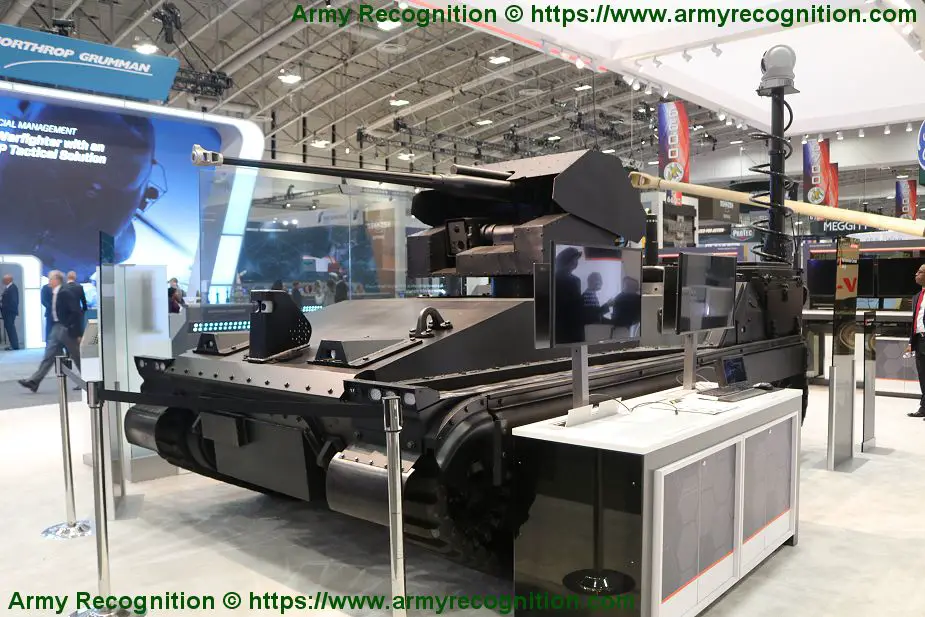
https://www.armyrecognition.com/aus...uted_its_robotic_technology_demonstrator.htmlBAE Systems debuted its Robotic Technology Demonstrator (RTD) representing leap-ahead advancements for unmanned combat vehicles at AUSA 2019.
The RTD prototype showcases advanced capabilities and is adaptable for future weapon systems, sensors, and other payloads. The RTD features autonomous mobility to help keep soldiers out of harm’s way, a Hybrid Electric Drive for fuel efficiency, a 30 mm remote weapons station, a suite of sensors for 360-degree situational awareness and surveillance, composite rubber track system, and a small legged robot for reconnaissance missions among other key new technologies. The demonstrator reflects BAE Systems’ commitment to investing in the future of Army warfighting capabilities and the soldier.
“The Robotic Technology Demonstrator is designed as a ‘rolling lab’ to integrate emerging autonomy and lethality technologies for testing. The electrical infrastructure, advanced optics, and software that have been integrated into this highly reliable and robust chassis provides the foundation for truly game-changing battlefield capability,” said James Miller, director for business development at BAE Systems Combat Vehicles. “BAE Systems built this demonstrator to help us determine the best way to mitigate risk for our soldiers while increasing their lethality.”
The RTD technologies include sensors with true 360-degree situational awareness to include long-wave infrared imaging, signal processing and video distribution. It also includes a tethered unmanned aerial system to support situational awareness and reconnaissance.
The RTD prototype leverages decades of BAE Systems expertise in the design and development of combat vehicles, as well as advanced electronic systems. BAE Systems is a world leader in tracked and wheeled combat vehicles, including Infantry Fighting Vehicles, self-propelled howitzers, personnel carriers, and amphibious vehicles.
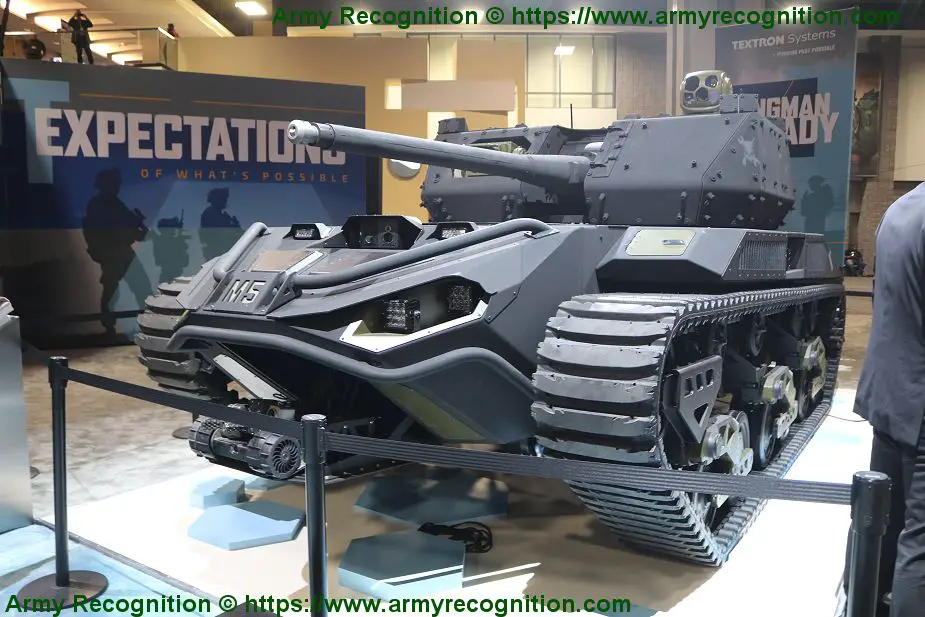
AUSA 2019: Textron Systems and FLIR launch Ripsaw M5 US Army Robotic C
Textron Systems, its Howe & Howe subsidiary and FLIR Systems launch the Ripsaw M5, a combat robotic vehicle platform during AUSA 2019.
Tuollainen voisi ainakin jossakin määrin korvata niitä TOW-tekoja. Jos siis TOW olisi poistumassa käytöstä. Spike tuollaiselle alustalle ja käyttö miehistö kulkee erillisessä ajoneuvossa.
rty19
Greatest Leader
Tuollainen voisi ainakin jossakin määrin korvata niitä TOW-tekoja. Jos siis TOW olisi poistumassa käytöstä. Spike tuollaiselle alustalle ja käyttö miehistö kulkee erillisessä ajoneuvossa.
Eestiläinen Milrem on kokeillut näitä. Tämä ilmeisesti joku testi Javelinilla

Estonian robot fires Javelin missile using Norwegian remote launcher
A Raytheon and Lockheed team fired a missile from an Estonian unmanned ground vehicle to examine the possibility of using armed robots on the battlefield.
ja MMP-ohjuksella
Janes | Latest defence and security news
Janes | The latest defence and security news from Janes - the trusted source for defence intelligence
www.janes.com
https://spectrum.ieee.org/robotics/drones/uavbased-lidar-can-measure-shallow-water-depthASTRALiTe’s edge™ is the world’s first small-scale topographic and bathymetric scanning LiDAR that can detect small underwater objects, measure shallow water depth, and survey critical underwater infrastructure from a small UAV platform.

Gray Eagle ER to carry glide munitions and air launched effects
General Atomics Aeronautical Systems is upgrading its MQ-1C Gray Eagle Extended Range (ER) unmanned air vehicle (UAV) to be able to carry and launch the Dynetics GBU-69/B Small Glide Munition, as well as so-called future air-launched effects.
rty19
Greatest Leader
X-Madis - Mobile counter drone system
Tuossa juttu sen käytöstä Persianlahdella. Ajoneuvo johon tuo dronepuolustussysteemi oli kiinnitetty nostettiin laivan kannelle.
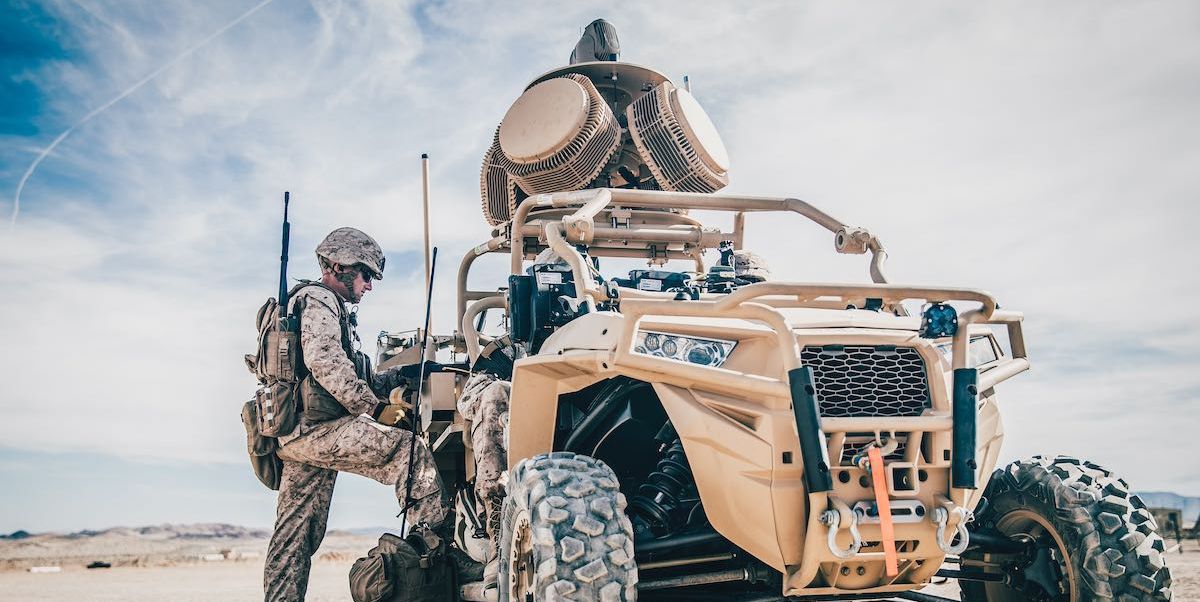
 www.popularmechanics.com
www.popularmechanics.com
Tuossa juttu sen käytöstä Persianlahdella. Ajoneuvo johon tuo dronepuolustussysteemi oli kiinnitetty nostettiin laivan kannelle.

This Is the ATV-Mounted Jammer That Took Down an Iranian Drone
The drone was less than a mile from the USS Boxer when the Marines caused it to crash.

VoloDrone – next level logistics
Volocopter is here to change air transport and the aviation industry with the its all-electric air taxi. Discover it now!
Leaderwolf
Respected Leader
Airbus reveals LOUT unmanned stealth testbed for Germany

https://www.janes.com/article/92360/airbus-reveals-lout-unmanned-stealth-testbed-for-germany

Speaking at the unveiling of what remains a classified programme for the German government, Mario Hertzog, German Low Observable (LO) Demonstrator Head, noted the secrecy of the project before providing as much detail as he was permitted.
"Nobody is aware of what we have been doing here - this is a classified project that was started as long ago as 2007. The development contract was awarded in 2010, and the LOUT has been developed in Manching and Bremen in a Skunk Works approach," Hertzog said.
Shown to reporters in an anechoic chamber, the LOUT is designed to be a subsonic diamond-shaped LO vehicle that measures 12 m x 12 m (approximately the same size as the BAE Systems Taranis UAV demonstrator from the UK) and weighs four tons. It is designed to offer visual, acoustic, radar, and infrared stealth against ground-based threats, indicating that a potential strike role for the technologies is being developed and tested.
The aircraft features an internal weapons bay and all-aspect stealth design features, including radar-absorbing materials, low-radar cross section (RCS) engine inlets, structural cooling technologies, minimised gaps between surfaces, and unspecified LO coatings. With the LOUT optimised to be stealthy against ground-based threats, the intakes are mounted on top of the aircraft.
"Nobody is aware of what we have been doing here - this is a classified project that was started as long ago as 2007. The development contract was awarded in 2010, and the LOUT has been developed in Manching and Bremen in a Skunk Works approach," Hertzog said.
Shown to reporters in an anechoic chamber, the LOUT is designed to be a subsonic diamond-shaped LO vehicle that measures 12 m x 12 m (approximately the same size as the BAE Systems Taranis UAV demonstrator from the UK) and weighs four tons. It is designed to offer visual, acoustic, radar, and infrared stealth against ground-based threats, indicating that a potential strike role for the technologies is being developed and tested.
The aircraft features an internal weapons bay and all-aspect stealth design features, including radar-absorbing materials, low-radar cross section (RCS) engine inlets, structural cooling technologies, minimised gaps between surfaces, and unspecified LO coatings. With the LOUT optimised to be stealthy against ground-based threats, the intakes are mounted on top of the aircraft.
https://www.janes.com/article/92360/airbus-reveals-lout-unmanned-stealth-testbed-for-germany
Patu
Kenraali
Ihmettelin tuota kuomua, artikkeli selitti:
The LOUT also featured a canopy, although Hertzog noted that this was to test the LO properties of the transparency itself for sensor and other applications, rather than to indicate any manned capability for the aircraft.

Tiny Drones Navigate Like Real Bugs
When it comes to robotic navigation, the usual approach is to go as technically advanced and “smart” as possible. Yet the most successful lifeforms that we know of follow a completely d…
rty19
Greatest Leader
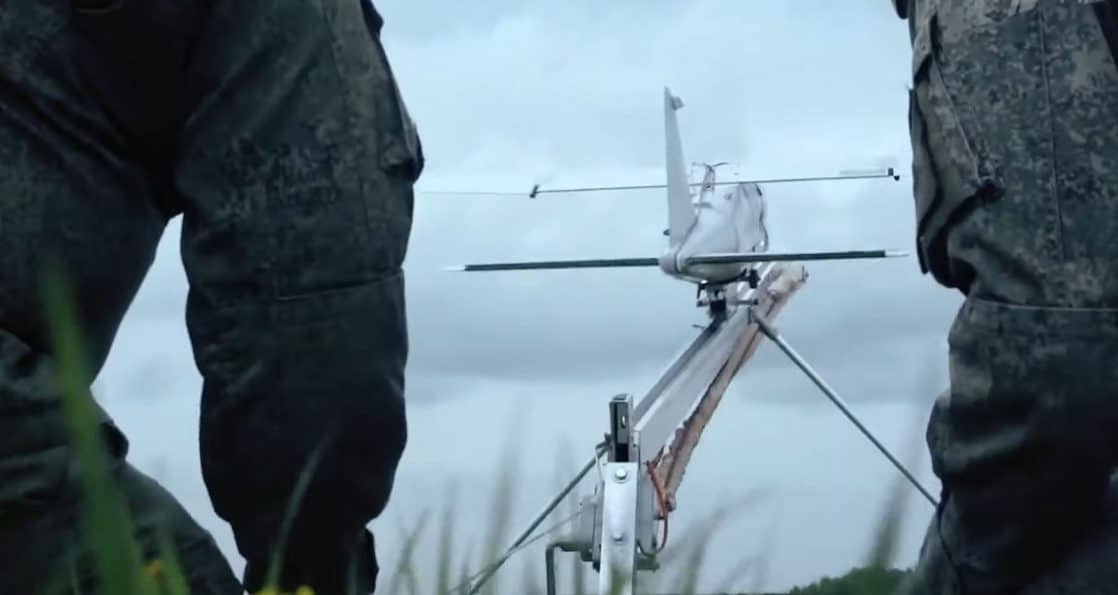
Venäjä rakentaa yli sadan lennokin hyökkäysparvia | Verkkouutiset
Venäjä rakentaa yli sadan lennokin hyökkäysparvia | Verkkouutiset
 www.verkkouutiset.fi
www.verkkouutiset.fi
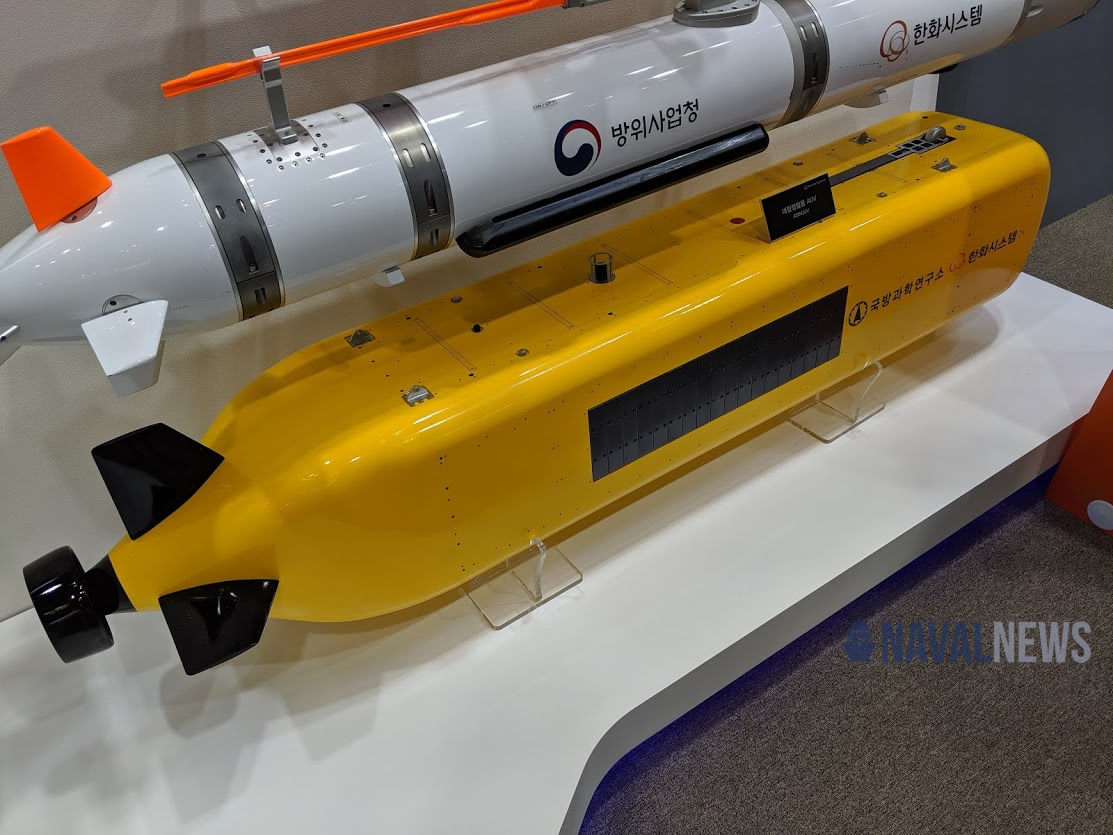
MADEX 2019: Hanwha Defense Unveils ASWUUV for Anti-Submarine Missions - Naval News
At MADEX 2019, the maritime defense exhibition which opened its doors today in Busan, South Korea, local company Hanwha Systems unveiled the ASWUUV large displacement UUV.
ASWUUV stand for anti-submarine warfare unmanned underwater vehicle. According to Hanwha Systems, it is a large displacement UUV dedicated to anti-submarine warfare missions. It is fitted with a fuel cell system as energy source, providing it with long range and endurance.
To hunt and detect submarines, it is fitted with an active sonar in the nose and two flank array sonars.
...
The ASWUUV is being developed for South Korea’s Agency for Defense Development (ADD). Its size is confidential, but according to a video on display on the Hanwha Systems stand, it will be able to reach a maximum depth of 300 meters and have an endurance of 30 days.
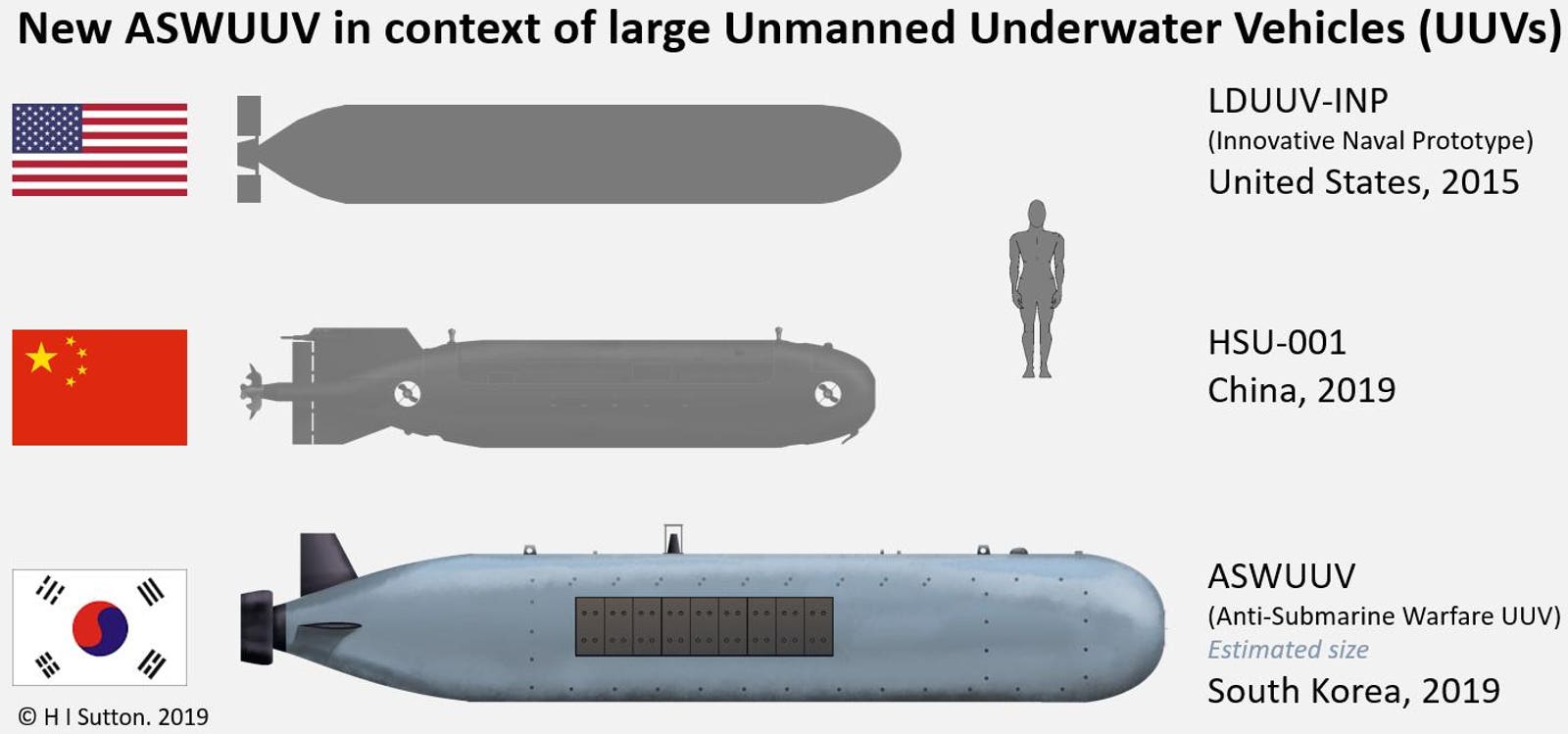
New Submarine Killing Autonomous Underwater Drone
The South Korean Navy unveiled a model of a groundbreaking anti-submarine unmanned underwater vehicle at a defense show that it says will hit the water next year.
 www.forbes.com
www.forbes.com
Nämä ovat Suomen Merivoimien tulevaisuutta - täydellisiä meidän erityisolosuhteisiimme niin valvontaan, tiedusteluun, hyökkäykseen kuin puolustukseen. Valitettavasti vastaavat ovat täydellisiä Venäjälle Itämerellä ja asettavat Merivoimat aivan uudenlaisten haasteiden eteen. Tuollaisen voi laittaa vaikka uiskentelemaan Kronstadtista miinoitustehtäviin Porin edustalle käyttäen hyväksi sellaisia kapeikkoja jotka ovat miehitetyille veneille mahdottomia, vaikka jääpeitteenkin alla.

Venäjä rakentaa yli sadan lennokin hyökkäysparvia | Verkkouutiset
Venäjä rakentaa yli sadan lennokin hyökkäysparvia | Verkkouutisetwww.verkkouutiset.fi
Tämä on tulevaisuuden vakava ilmauhka alueellisille joukoille. Pahimpana uhkana on Venäjän domina Kiina, joka voisi antaa lend-leasena tuhansia ja taas tuhansia lennokkeja Venäjälle kriisitilanteessa.
rty19
Greatest Leader
Tämä on tulevaisuuden vakava ilmauhka alueellisille joukoille. Pahimpana uhkana on Venäjän domina Kiina, joka voisi antaa lend-leasena tuhansia ja taas tuhansia lennokkeja Venäjälle kriisitilanteessa.
sotilasdroneja kauppaavat jo nyt eri maihin
Kiina kauppaa lentäviä tappajarobotteja – varusteena kameran ohella konetuliase
Scifi-elokuvista tutusta kuvastosta on tulossa arkipäivää valitettavan nopeasti. Kiinalainen Ziyan myy edullisia droneja, joiden varusteena on kameran ohella konetuliase.

